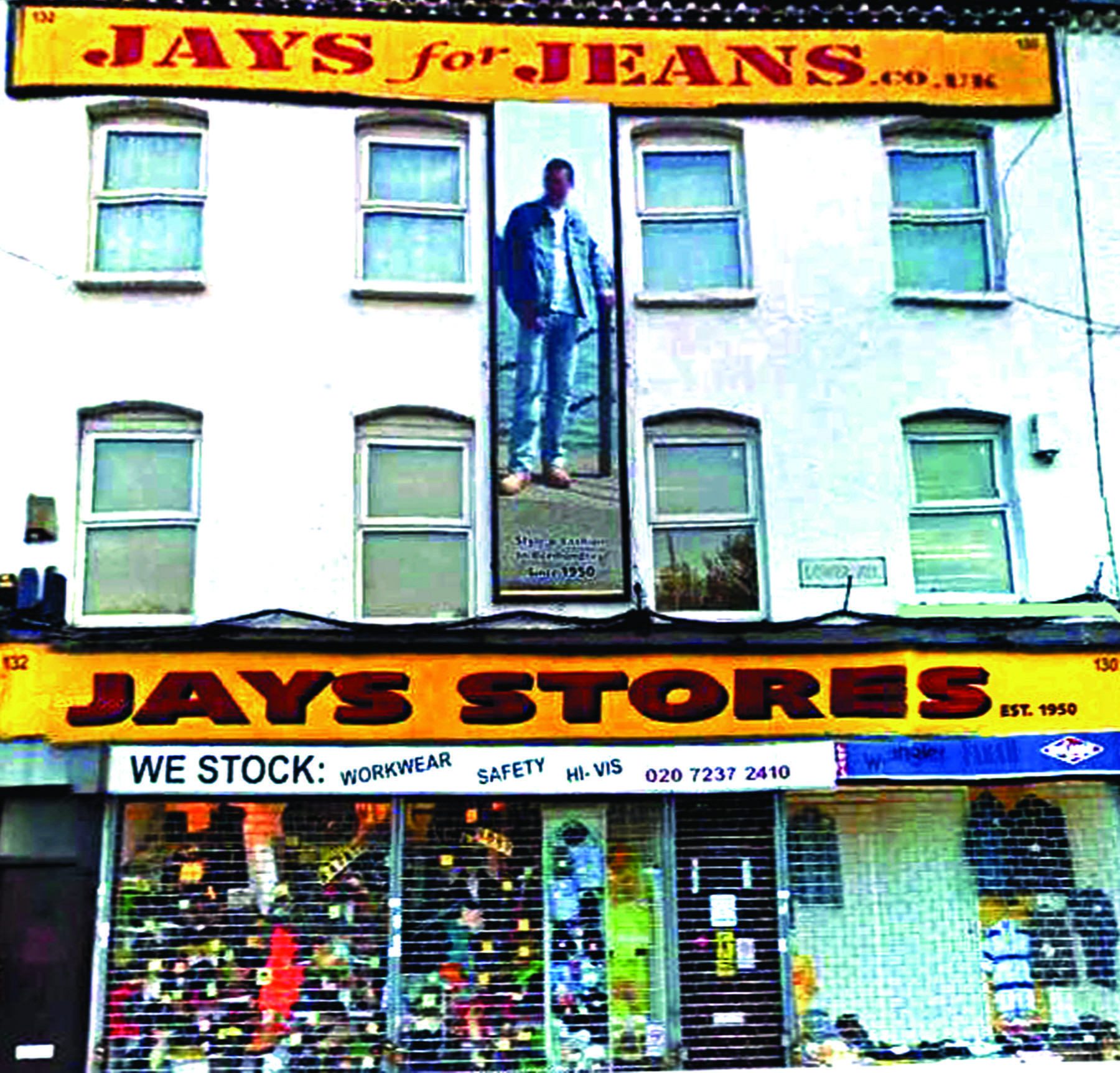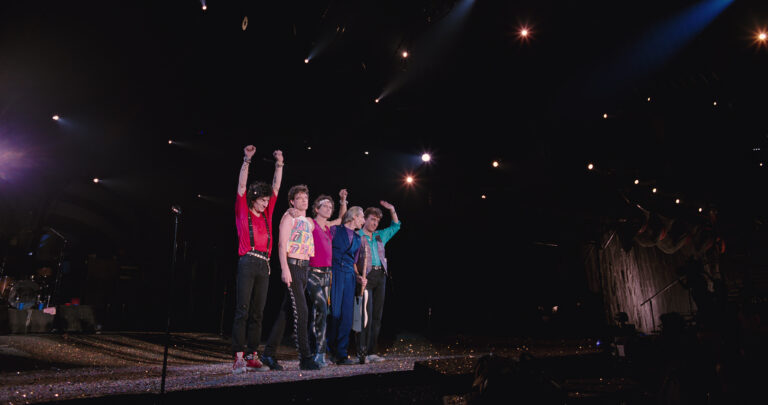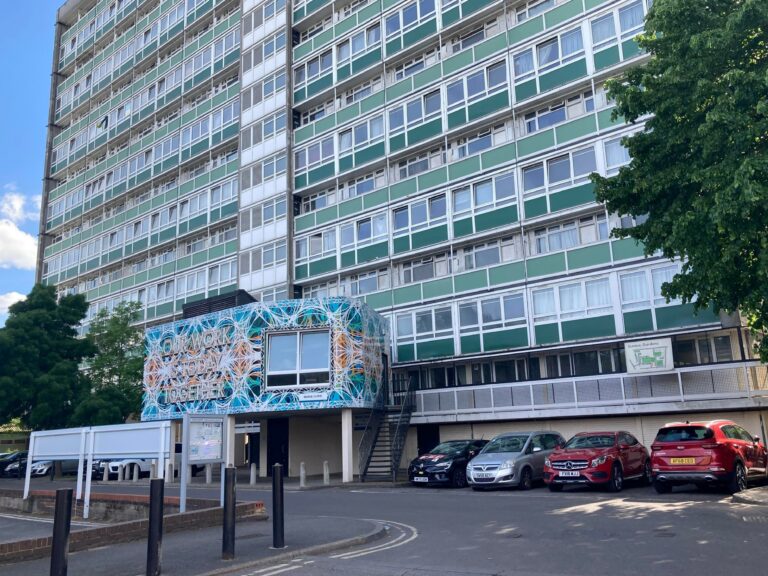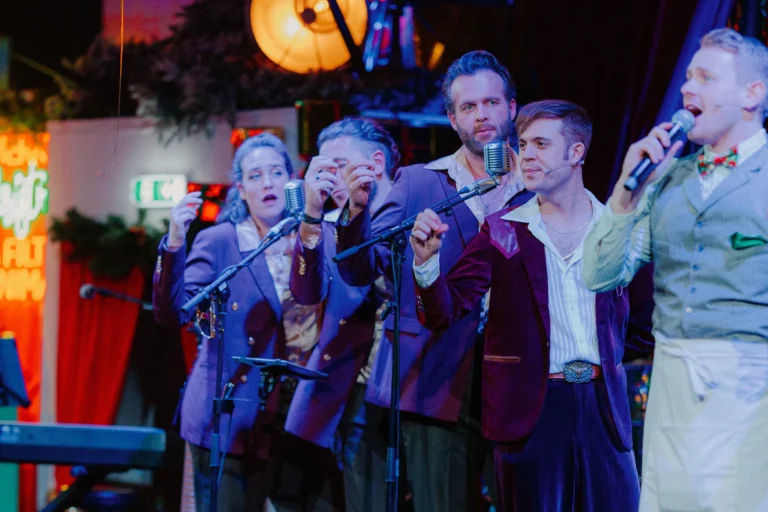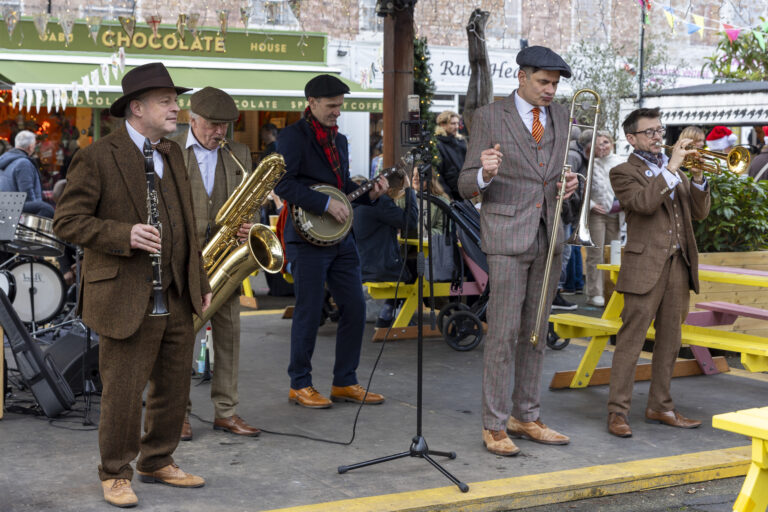Here is a tale of some Eastern Europeans who immigrated to the UK and became Bermondsey and Rotherhithe legends
They travelled many miles across the seas and landed in Rotherhithe, with a destiny of ensuring the area’s youth were suitably dressed…
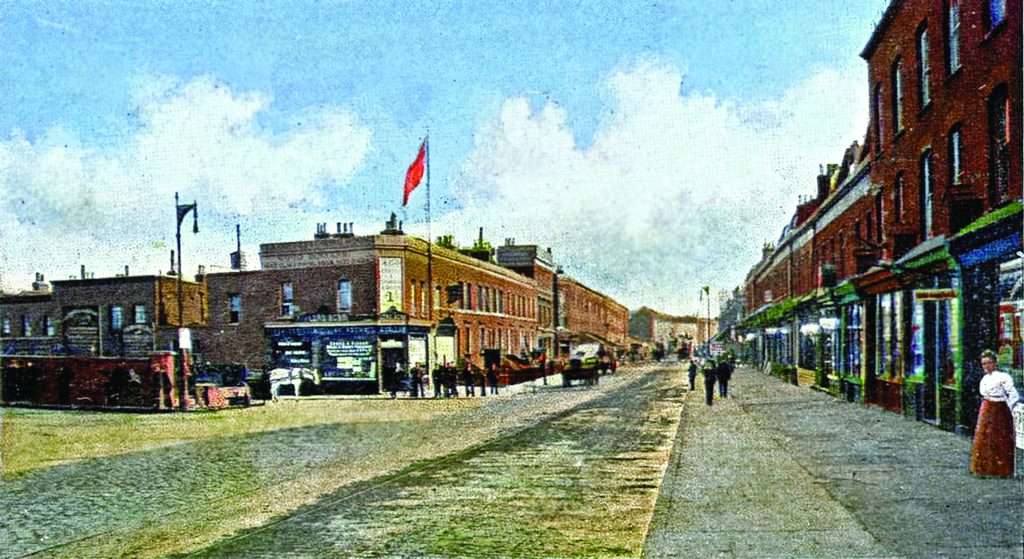
This is Lower Road around 1905 – it hasn’t changed a great deal, despite the area being bombarded in the Second World War. In the old picture, you can see the dockers hanging around, waiting to be called on for work. This side of the road is now totally redeveloped, with the Osprey Estate prominent, but the right side remains true to its original layout.
Trades come and go but Jays menswear sold jeans and jumpers here for almost seventy years. Their shop was situated just by where the lady is standing in the 1905 picture. The head of the family was Samuel Jorish, a Prussian Jew who landed here in the early 1900s (around the time when the Lower Road photo was taken).
Sam naturalised his name to Jay, much easier for locals to pronounce. His ancestors were tailors, but he went into the hairdressing business and had a barber’s shop. He made a bit of a name for himself, too.
He was so efficient with a razor that he won an award for the most wet shaves performed in one hour!
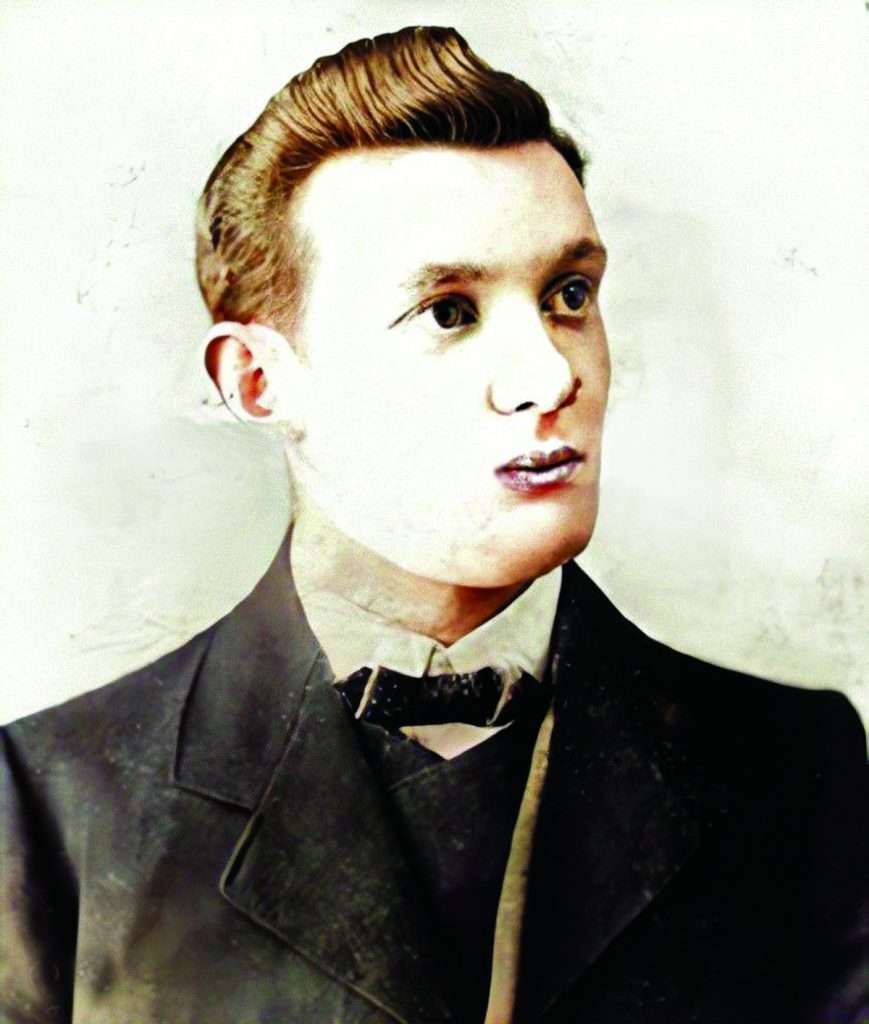
Sam’s son Alf wasn’t interested in carrying on the “fastest barber in town” tradition and found his calling in menswear.
After the war, there was a glut of forces clothing that was no longer needed – all those “call ups” had returned to Civvy Street. So, what to do with so many coats, trousers and jumpers?
Alf saw an opportunity for the surplus uniforms. He repaired and sold them to the dockers as tough work clothing.
The docks were exposed to all weather conditions and the work there was hard. Alf provided those heavy woollen sailor’s jumpers to keep out the cold, damp conditions – and the army trousers were tough enough to resist rough wooden packing cases, oil and rusty nails.
Besides English and the family’s native tongue, young Alf spoke twenty words in as many different languages; just enough to sell to the foreign sailors coming into the dock.
Dockers’ clothing had to be practical, anything to keep warm; so, in addition to the clothes, Alf sold them balaclavas; long johns; reefer jackets and thick socks.
When a new craze for post-war kids took off, Alf was literally on the ball – Sorbo rubber balls from America were very popular and cheap enough to buy with pocket money. He had a stall down The Blue in Bermondsey where he sold them, along with a line in repaired silk stockings – they were still hard to come by and the ladies eagerly bought them up!
As fashions changed, local boys in the 1960s wanted “bovver boots”; in the 1970s it was Harrington jackets and, in the 1980s, no lad would be seen dead without his Farah slacks. Jays supplied them all, but their stock of clothes for dockers was the mainstay. Until the docks closed. The area became one dead, depressed zone with many redundancies and poverty loomed.
Undeterred, as warehouses turned into posh apartments, Alf’s sons turned to builder’s clothes and safety wear. Everyone wears denim and their huge range of jeans continued to be popular.
But now it has all gone – the Jays brothers have retired, and the shop is now a supermarket, run by a new wave of immigrants. History repeats itself.


